Thailand
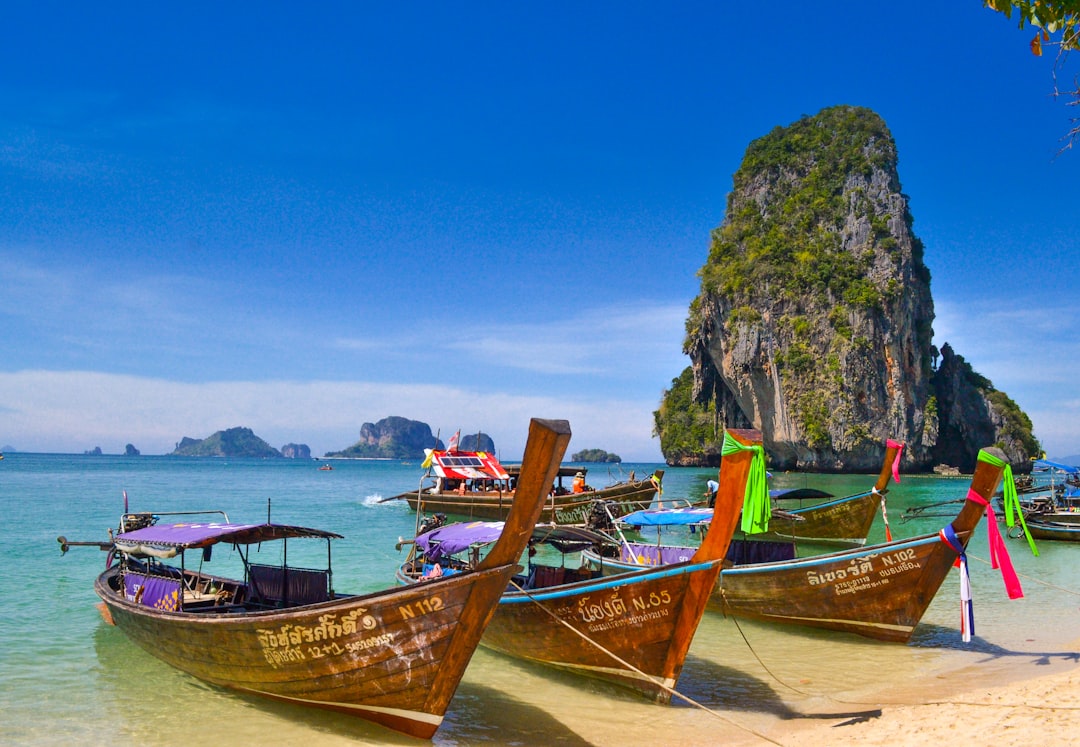
Thailand, once the picture of tropical paradise, is on the verge of restricting tourism in 2025 due to mounting unrest and environmental strain. Political protests have escalated, prompting the government to impose curfews in cities like Bangkok and Chiang Mai, raising alarms for international visitors. The famous Phi Phi Islands, previously closed for rehabilitation, now face renewed pressure from hordes of tourists. According to the Tourism Authority of Thailand, visitor numbers plummeted by 30% in early 2025, a clear sign of growing instability. Environmentalists warn that coral reefs and wildlife face irreversible damage if mass tourism persists unchecked. The Thai government has started discussing sustainable tourism policies, but officials hint that a full ban could be the last resort if conditions worsen. Local communities express frustration at both environmental damage and the loss of traditional culture. The urgency to balance tourism’s economic value with national well-being has never been higher.
Italy
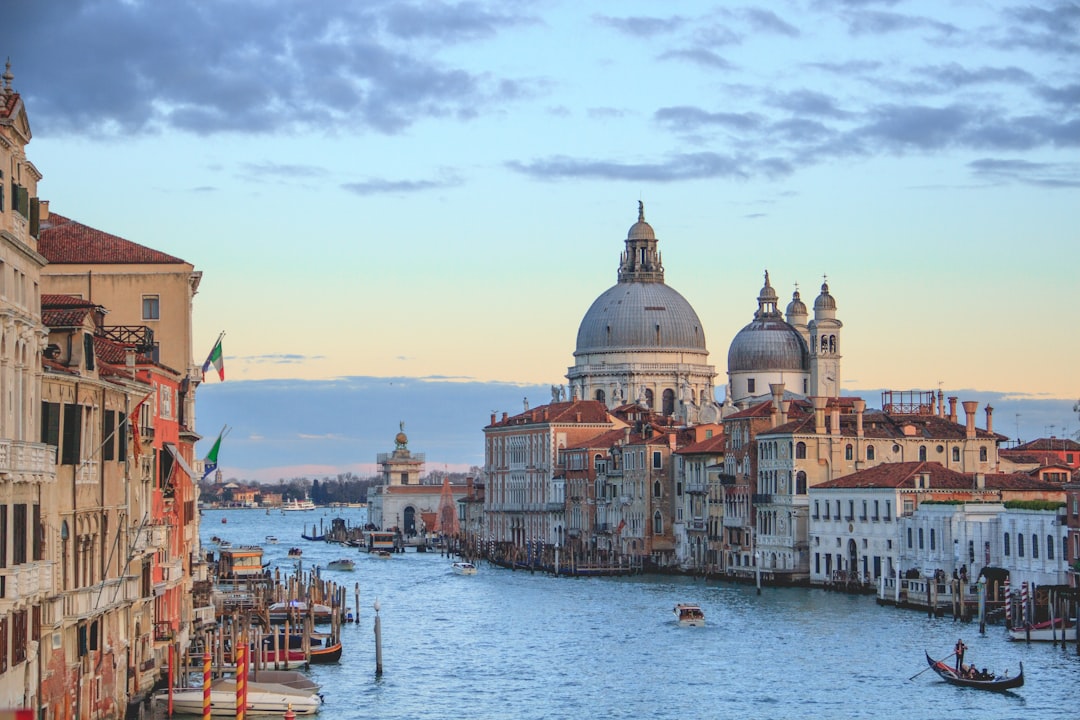
Italy’s world-famous landmarks are groaning under the weight of record-breaking crowds, pushing the government to consider drastic measures in 2025. Venice in particular has become a symbol of overtourism, with over 30 million visitors a year swamping its fragile canals and ancient buildings. The city council has experimented with daily visitor limits and entrance fees, but these haven’t curbed the onslaught. Residents in Florence and Rome have staged protests, arguing that their quality of life is slipping away amid endless throngs of tourists. Recent surveys show that 60% of Venetians support a ban or severe restrictions to regain control over their city. Environmental groups point to damage in historic squares, pollution of waterways, and loss of local identity. The Italian government is weighing stricter caps, but there’s growing talk that a temporary ban may be the only way to reset the balance. The world is watching as Italy’s treasures teeter on the brink of unsustainability.
Bali, Indonesia
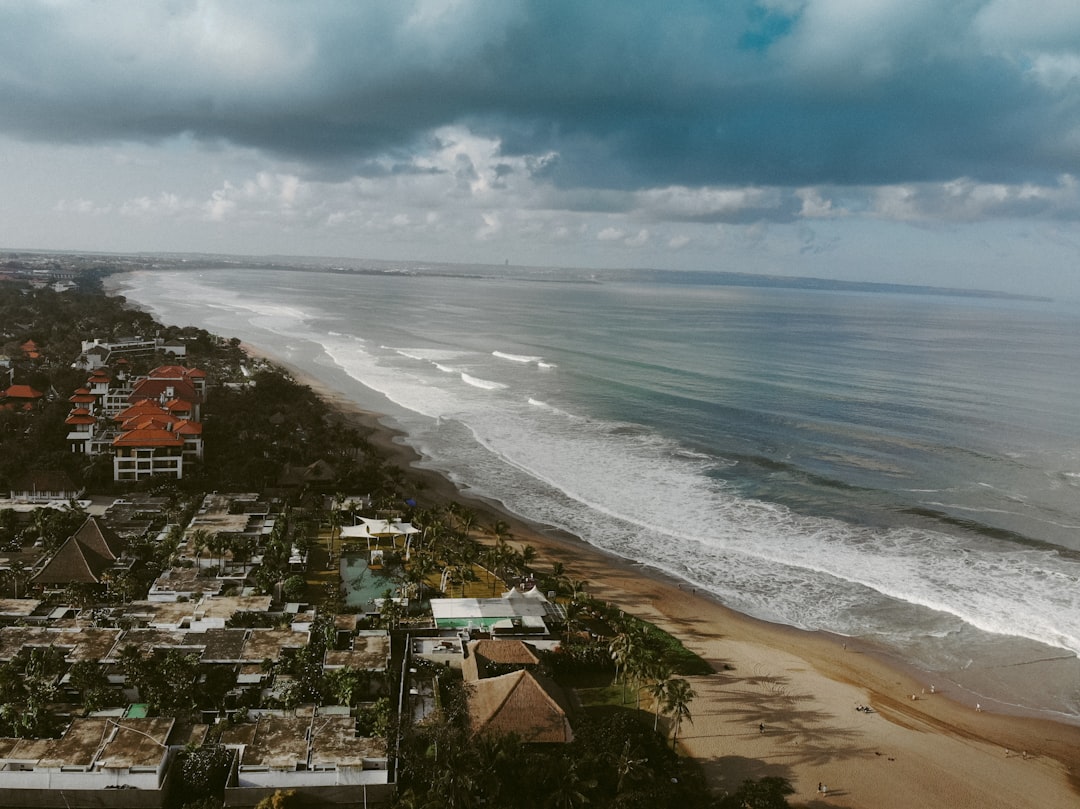
Bali’s lush rice terraces and white-sand beaches are under siege from overtourism and pollution, pushing local authorities toward the edge of a tourist ban in 2025. Plastic waste in tourist hotspots like Kuta and Seminyak has surged by 20% this year, clogging rivers and suffocating marine life. Balinese leaders are alarmed at the rise in illegal development, with luxury resorts encroaching on sacred sites and farmland. Studies show that if current trends continue, Bali’s delicate ecosystems—including its famed coral reefs—could face irreversible collapse. The local government is now considering drastic steps, including closing certain beaches and even full bans during environmental recovery periods. Tensions are mounting as residents feel marginalized, with traditional culture and community life being pushed aside by relentless tourist demand. Economic gains from tourism now clash directly with environmental and social costs. Bali’s future as a destination hangs in the balance, with authorities seeking solutions before it’s too late.
Spain
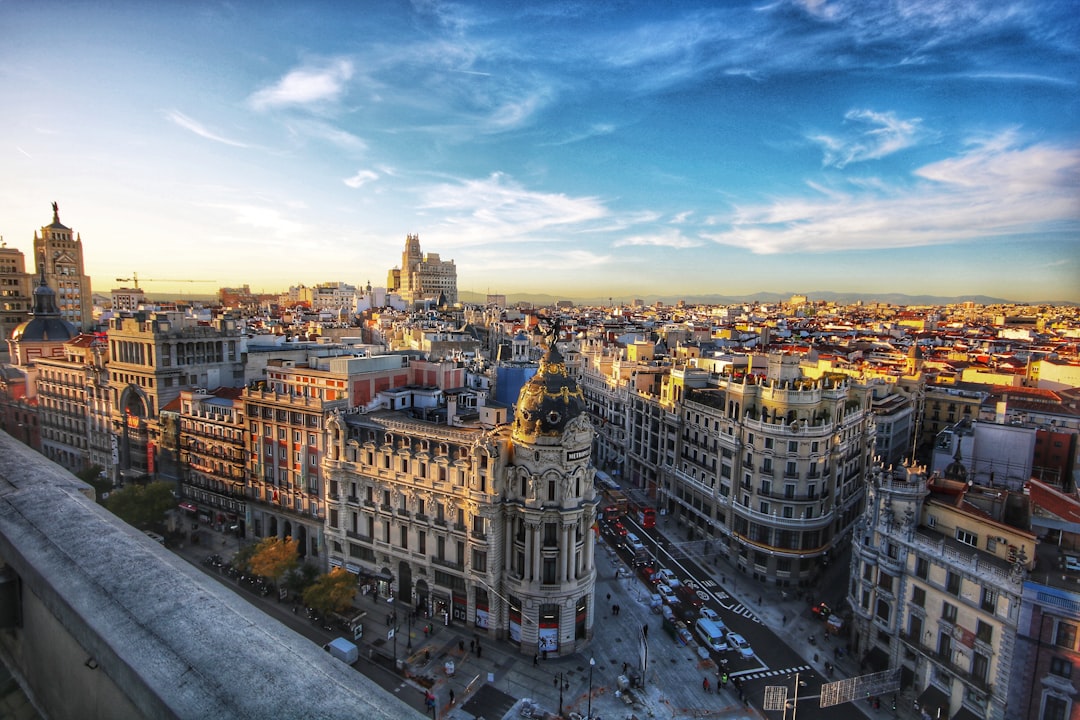
Spain’s vibrant cities and sun-drenched beaches have become victims of their own popularity, with 2025 seeing growing calls for tourist caps or even partial bans amid mounting pressure on local infrastructure. In Barcelona, daily life is often disrupted by waves of visitors, causing congestion and eroding community spirit. Government data reveals tourist arrivals surged by 25% in just two years, overwhelming public transport and local services. Residents in neighborhoods like La Barceloneta have launched “anti-tourist” campaigns, demanding decisive action from city officials. Surveys indicate that 70% of locals now support strict limitations or outright bans in certain hot zones. The Spanish government is debating caps on tourist numbers and restricting short-term rentals to ease housing shortages. With local businesses both benefiting from and suffering under the flood of tourists, finding a compromise has become politically urgent. If measures fail to restore balance, a full tourist ban is being seriously considered to protect both lifestyle and heritage.
Greece
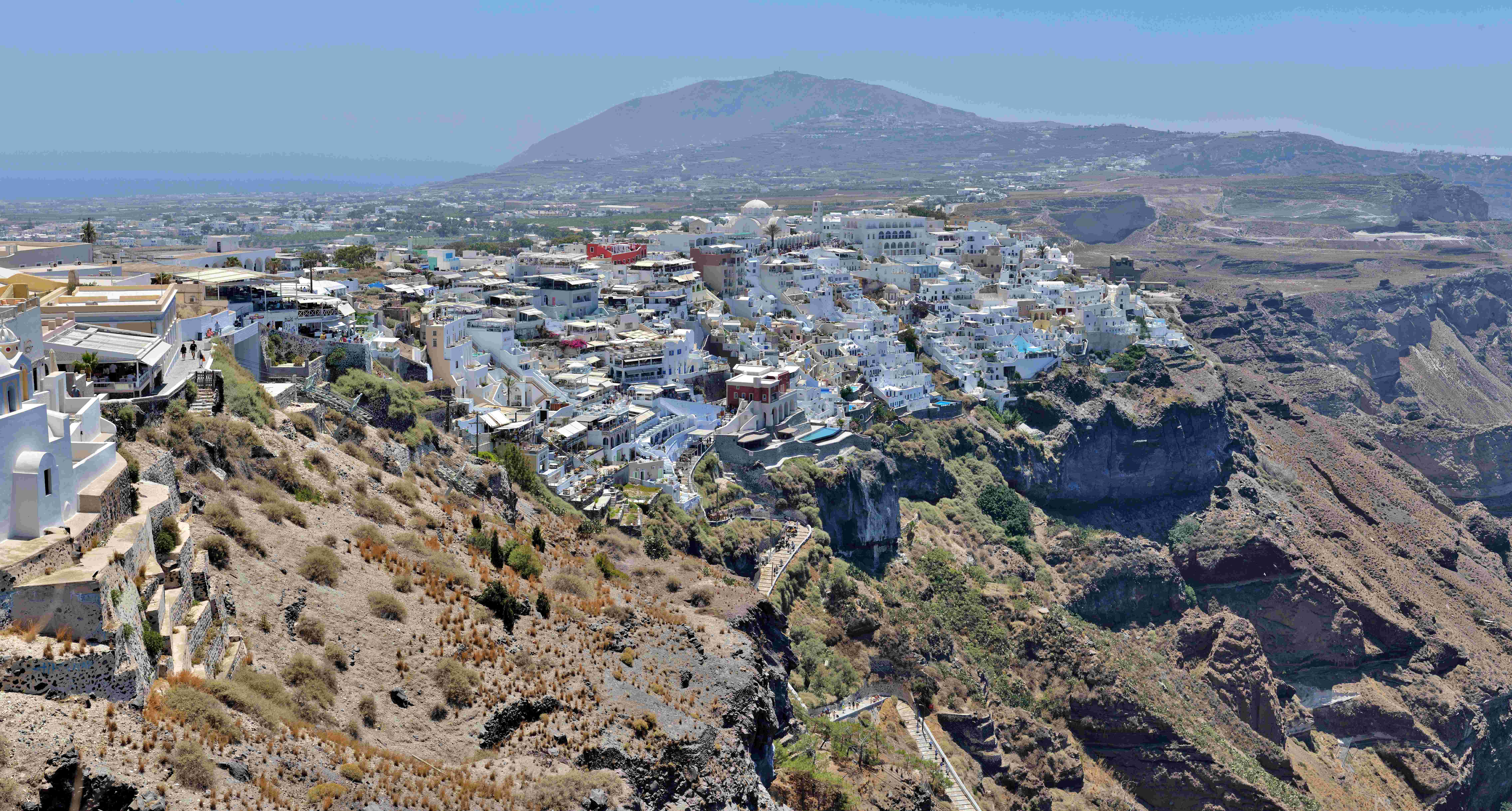
Greece’s postcard-perfect islands, especially Santorini and Mykonos, are buckling under the strain of over 20 million annual visitors, prompting authorities in 2025 to consider stricter tourism controls or seasonal visitor caps. Overcrowding during peak seasons leads to water shortages, traffic gridlock, and excessive waste, all threatening the islands’ fragile infrastructure. Local officials warn that the influx of tourists is unsustainable, with historic sites suffering from wear and tear and natural resources being depleted. The Greek Ministry of Tourism has acknowledged urgent need for new sustainable practices, but progress has been slow. Residents voice concern as traditional lifestyles fade, replaced by businesses catering solely to tourists. Economic reliance on tourism makes drastic measures difficult, yet environmental groups argue a ban may be the only way to halt further degradation. The debate now centers on whether to introduce strict quotas or temporarily ban visitors to allow the islands to recover. The question remains if Greece can protect its treasures before they are lost.
Mexico
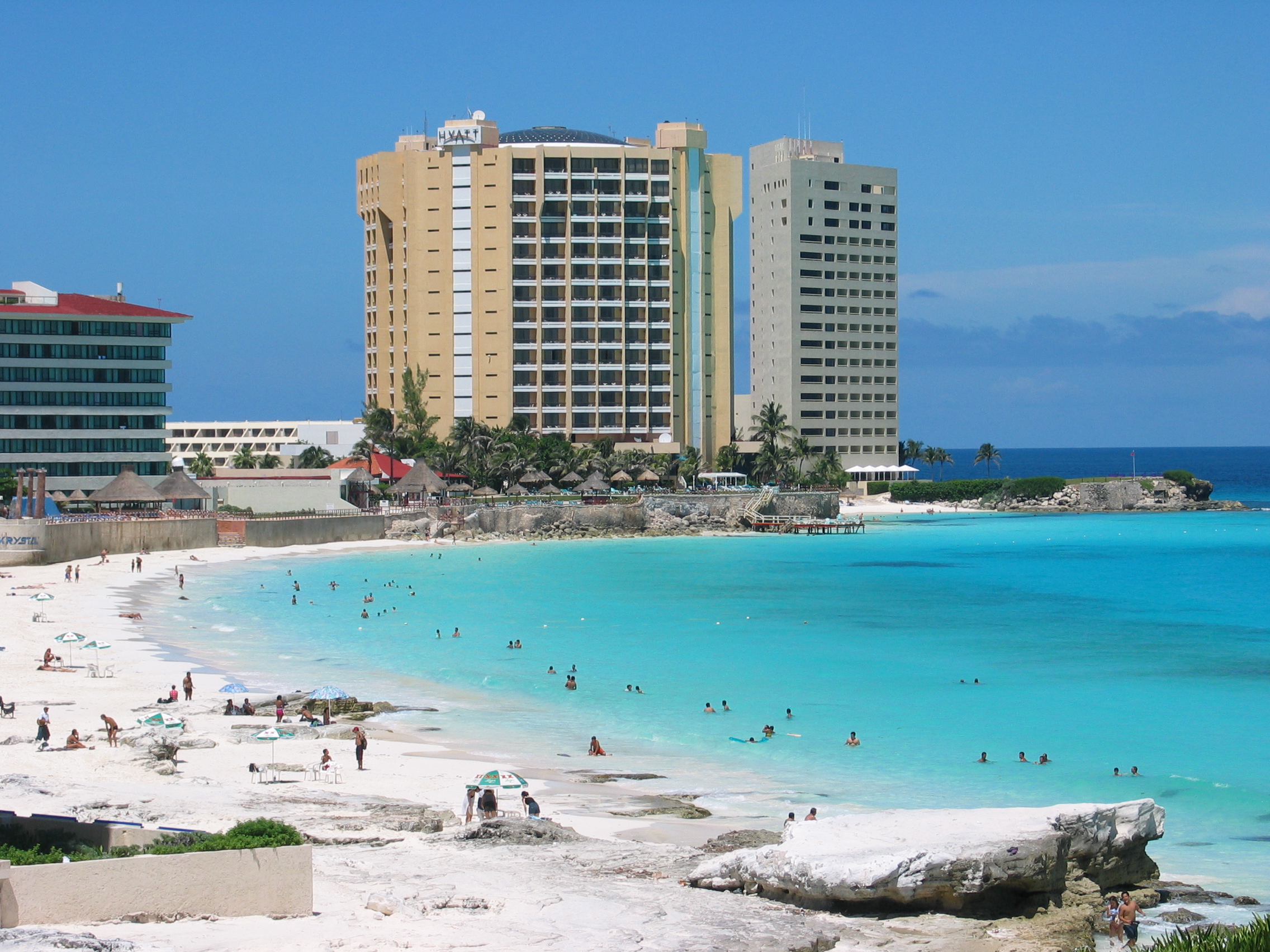
Mexico’s top tourist hotspots, including Cancun and Tulum, are grappling with rising crime rates in 2025, prompting discussions about heightened travel advisories and stricter visitor regulations. Violent incidents involving tourists have increased, prompting warnings from foreign embassies and international travel advisories. Official statistics show a 15% decrease in tourist arrivals in the past year, reflecting growing fears over safety. The government has responded with increased police presence and security campaigns, but results remain mixed. Local businesses are feeling the pinch, with hotels and restaurants reporting sharp declines in bookings. Community leaders warn that continued unrest could force the government to close certain areas to tourists until order is restored. The tourism industry, a vital part of Mexico’s economy, now faces uncertainty as safety concerns overshadow its natural and cultural attractions. The decision on whether to impose a ban may rest on whether new security measures can stem the tide of violence.
Egypt

Egypt’s iconic pyramids and ancient temples face new challenges in 2025, as renewed political instability prompts the government to consider stricter visitor controls and possible temporary closures. Mass protests and sporadic violence have led to a 40% drop in visitor numbers compared to previous years, as reported by the Egyptian Ministry of Tourism. Security forces are stretched thin trying to protect both locals and foreigners, with some archaeological sites temporarily closed to the public. Local economies, heavily reliant on tourism revenue, are reeling from the downturn, sparking urgent calls for government intervention. The situation is further complicated by regional tensions, which have made some areas unsafe for travel. Officials are exploring ways to boost security and reassure potential tourists, but if unrest continues, a tourist ban could become necessary to avoid further risk. Communities that depend on tourism fear both for their livelihoods and for the preservation of Egypt’s cultural heritage. The coming months will be critical in determining the country’s path forward.
Australia

Australia’s unique ecosystems—home to the Great Barrier Reef and diverse wildlife—are under mounting pressure from mass tourism, prompting discussions in 2025 around stricter conservation measures and potential visitor limits. Coral bleaching events, exacerbated by tourist activity, have devastated large swathes of the reef, according to recent scientific studies. Environmentalists argue that unrestricted access to sensitive areas is causing long-term harm to habitats and species. The government is considering strict visitor limits, especially in protected parks and marine reserves, to slow the pace of environmental damage. Local communities, particularly in Queensland, are advocating for eco-friendly tourism and more stringent regulations. Some areas have already introduced partial bans during recovery periods, while broader restrictions remain under debate. Economic reliance on tourism makes the issue controversial, but the public increasingly supports measures to protect natural wonders for future generations. The fate of Australia’s greatest attractions may soon depend on the outcome of these urgent discussions.
Portugal
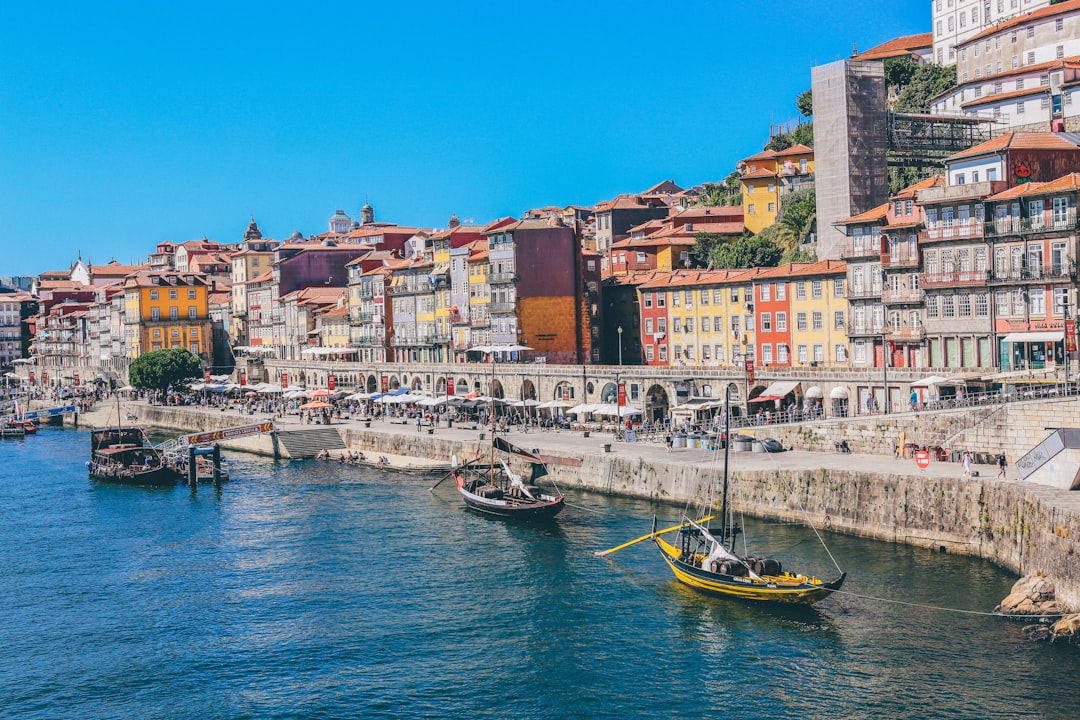
Portugal’s picturesque cities of Lisbon and Porto have seen a dramatic 30% surge in tourism over recent years, straining infrastructure and pricing locals out of their neighborhoods. Residents are growing increasingly vocal about the pressures of overtourism, with many blaming rising rents and overcrowded city centers on unchecked visitor numbers. The Portuguese government is now considering limits on short-term rentals and access to historical districts to ease tension. Polls reveal that a majority of city dwellers support stronger restrictions, including possible temporary bans in the most affected areas. Local businesses are split, with some benefiting from the tourist boom and others lamenting the loss of authenticity and community. Efforts to promote sustainable tourism are underway, but progress has been slow. If current trends persist, authorities may be forced to implement stricter measures, including outright bans in high-traffic zones. The situation remains tense as the debate continues over how best to preserve Portugal’s charm.
Japan

Japan’s famous cherry blossoms, ancient temples, and bustling cities have always drawn global crowds, but 2025 has brought new challenges. A series of powerful earthquakes and devastating typhoons have led to travel warnings and a sharp 20% drop in tourist arrivals, according to government data. Local officials are working around the clock to improve disaster response and safety protocols for both residents and visitors. Some regions, particularly in the south and along coastal areas, have temporarily closed to tourists during recovery efforts. The Japanese government is weighing whether more permanent bans or visitor caps are needed if natural disasters continue at the current rate. Tourism-dependent regions are feeling the economic pinch, with local leaders urging national support for recovery. Environmental groups argue that limiting tourism could also help protect vulnerable sites from further damage. The future of tourism in Japan is now closely tied to its ability to adapt in the face of mounting natural threats.






